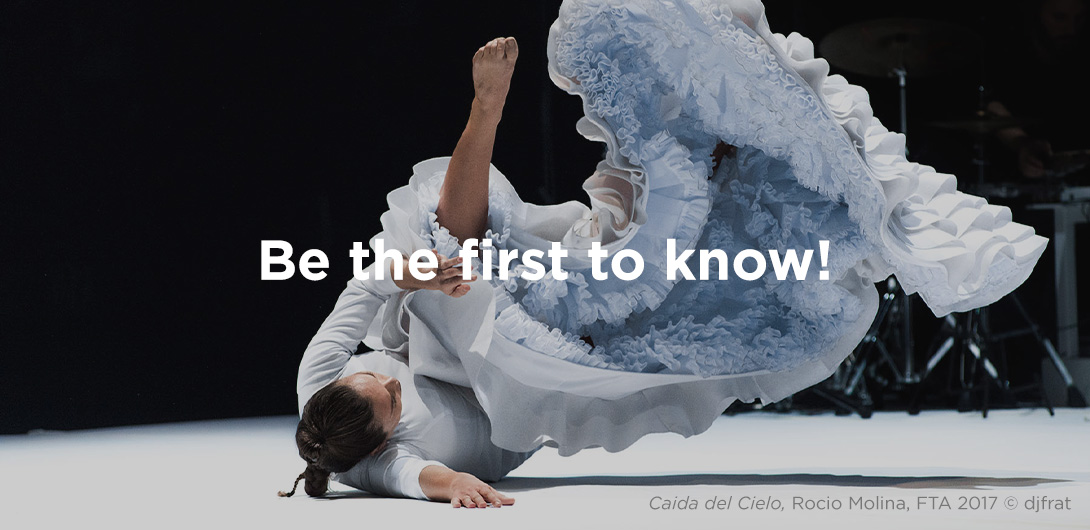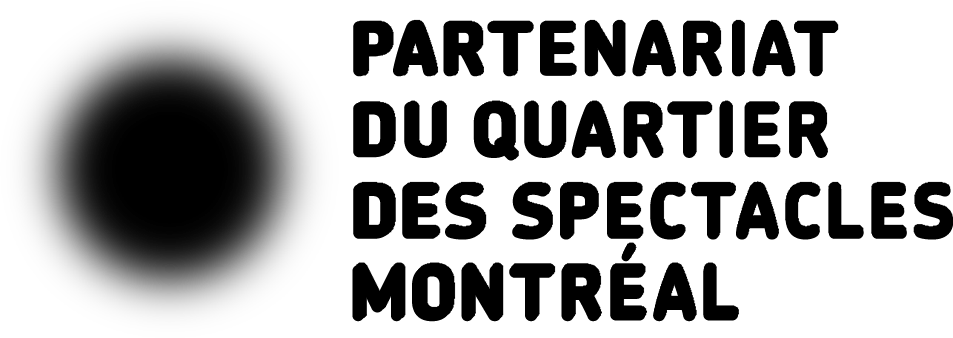Wahsipekuk / Kashipekut – From shore to shore of the St. Lawrence River
Southeast of Kanata by the Wolastoq River, also known as the St. John River, by the Quebec-New Brunswick border, the Wolastoqiyik (Maliseet) tell the tale of the giant Glooscap, creator of the world and its inhabitants. In Nitassinan, which spans the Quebec-Labrador Peninsula, great Mishtapeu watches over the Innu. The two main characters meet halfway with both feet in the St. Lawrence via a poetic choreographic fusion, orchestrated by Ivanie Aubin-Malo and Natasha Kanapé-Fontaine.
My last Respirations notebook entry focusses on this co-created project by the two Indigenous artists who work in their respective languages on either side of the river. The Wolastoqiyik call this “expanse of water beyond the lands” the Wahsipekuk, sonically similar to the Innu Kashipekut, which describes the greenness of the riverbanks. Profoundly engaged in exchange between Indigenous cultures, Aubin-Malo and Kanapé-Fontaine mine their linguistic heritage to build a common space for research and creation.
For their first collaboration, the two artists are working to gather ancestral knowledge from their own and other Indigenous communities to preserve for future generations. Reaching into the rich memory of the elders, they hope to build an inclusive, pluralist vision of creation myth. Their unprecedented feat of storytelling follows in the footsteps of mythical giants.
At the beginning of the world, as Hereditary Chief on the Mi’kmaq Grand Council, Stephen Augustine tells it, Earth is nothing but a smooth flat surface.
With a bolt of lightning the first human is created, Glooscap the giant, hero of the Wabanaki confederation.
Glooscap comes into being stretched out on the Earth, his head towards the rising sun and his great arms reaching North and South.
A second lightning bolt gives him fingers, toes, and a face. At the third, Glooscap is free to get up, and as he moves about, he creates this world’s third dimension.
By collecting tales such as Glooscap’s, Aubin-Malo and Kanapé-Fontaine are making a three-dimensional giant of their own, an expanding constellation of multiple perspectives. In a single stroke they range from the Little People to giants, from infinitesimal details of history to the enormity of the skies. Together they sift through invisible dreamscapes, encountering gods, goddesses, and spirits from Indigenous cultures in Mexico, Hawai’i, New Zealand, Turtle Island, and beyond.
In addition to their own intimate dialogue the two artists also connected with other singular voices to help “fuel the flow.” They’re in conversation with the Wolastoq musicologist and composer Jeremy Dutcher, Cree author and musician Tomson Highway, and Maori dancer, choreographer and master performance artist Charles Koroneho. Koroneho is helping them actualize the project – after three creation residencies, Kanapé-Fontaine and Aubin-Malo want to give shape to the stories they grew up with, translating them through artistic practice. Let’s keep an eye out and listen up for their next incarnations.
“If you lose the language, you’re not just losing words; you’re losing an entire way of seeing and experiencing the world from a distinctly Indigenous perspective.”
–Jeremy Dutcher
As much as time permits, the two artists are gradually developing a methodology and deepening their connection. Wahsipekuk/Kashipekut emerged from a mutual desire to combine mediums after improvising together at an event organized by Guy Sioui Durand, a Wendat sociologist and independent curator. With her dance background, Aubin-Malo is increasingly interested in song, while as a poet and singer, Kanapé-Fontaine is drawn to performance art. Their friendship helps them pair their two artistic worlds with ease. At the time of writing, they were together in L’Islet, where Aubin-Malo lives. Safe travels to them both.
Based in L’Islet in Wolastoq terrirory, Ivanie Aubin-Malo is a Wolastoq and Quebecois dancer and choreographer, and an inheritor of the First Nations Fancy Shawl dance. A graduate of École de danse contemporaine de Montréal, she has been a curator at Tangente. At Centre de Création O Vertigo – CCOV in 2022, she launched the Okhawaront creation residency, offering ten Indigenous practitioners of the performing arts a space for exchange and ephemeral experimentation.
Innu poet, actor and interdisciplinary artist Natasha Kanapé-Fontaine is from Pessamit, a Nitassinan community (Côte-Nord). In 2017, she received the Rights and Freedoms Award for her poetry and her approach to bringing people together through art. At FTA 2021 she performed, in Innu-aimun, Je suis une maudite sauvagesse / Eukuan nin matchi-manitu innushkueu by An Antane Kapesh, directed by Charles Bender. Her latest collection, Nauetakuan, un silence pour un bruit, was published in November 2021 by Éditions XYZ.










